
One household chore that's usually considered to be time consuming is decluttering. But what if it didn't have to be?
There's no denying that it's usually better to give yourself more time to get the job done, but if you're in a pinch, moving home or with last-minute guests, you might be wondering how to declutter an entire house in less than a day.
I spoke to professional organizers for their best quick decluttering tips on how to speedily streamline your whole home in less than a day.
How to declutter an entire house in less than 24 hours
Why might someone want or need to declutter their entire house in less than a day?
'A great reason to declutter in a day is because guests or family are coming to visit,' says Barbara Brock, founder and CEO of Barbara Brock Inc., a professional organizing and staging company. Brock is also the past president of the National Association of Productivity & Organizing Professionals. She adds, 'Perhaps there is a last-minute meeting at your house, and it is a mess.'
Homeowners who want to place their home on the market may also need a speedy sale, and therefore will be in a time crunch to get their home looking its best for potential buyers, which is an easy hack to speed up the selling of your home. 'Others simply are too busy to set aside more than one day to a project,' points out Kelly Livingston, owner of Professional Organizer MN.
Before beginning your decluttering project, Brock recommends grabbing two sturdy trash bags, one light or clear, and one dark, such as the Hefty Strong Large Trash Bags available at Amazon, and the Hefty Strong Tall Kitchen Trash Bags, also available at Amazon. Always opt for an unscented kind.
'Trash bags over bins are lighter in weight and can be carried around easier,' says Brock. The theory applies that in the clear trash bag will be items you will keep but don't have the time to sort and put away, or donate. In dark trash bags, these are items that can be thrown away.'
Once you're ready to get started, here's what to do.
1. Set a specific time limit

First things first, set a specific time limit to get your decluttering done. While a day might feel specific enough, you don't want to spend all hours working without a break, and, setting a time limit will help you to be more productive.
'If your home is already relatively organized and you're just looking for a reset, perhaps before hosting guests or to bring a little peace of mind, a one-day declutter can be the perfect solution,' says Di Ter Avest, professional organizer and founder of Diisorganized. 'Setting a specific time limit for these situations keeps things focused and efficient.'
Think about how much you realistically need to, or can, get done. Then, try using methods like the 10-10-10 decluttering challenge, where you spend 10 minutes in 10 spaces, getting rid of 10 items.
If you're really pushed for time, organizing these items to declutter in under an hour can make your home visibly tidier. Punteha van Terheyden, head of solved at Homes & Gardens tried the Didn't Know decluttering method which was a big hit. She adds. 'If I didn't remember or know I had something, the rule was to let it go. It helped me banish the usual guilt I felt associated with the money I had spent on the items, and helped me declutter very effectively and rapidly.
2. Pick the priority areas first
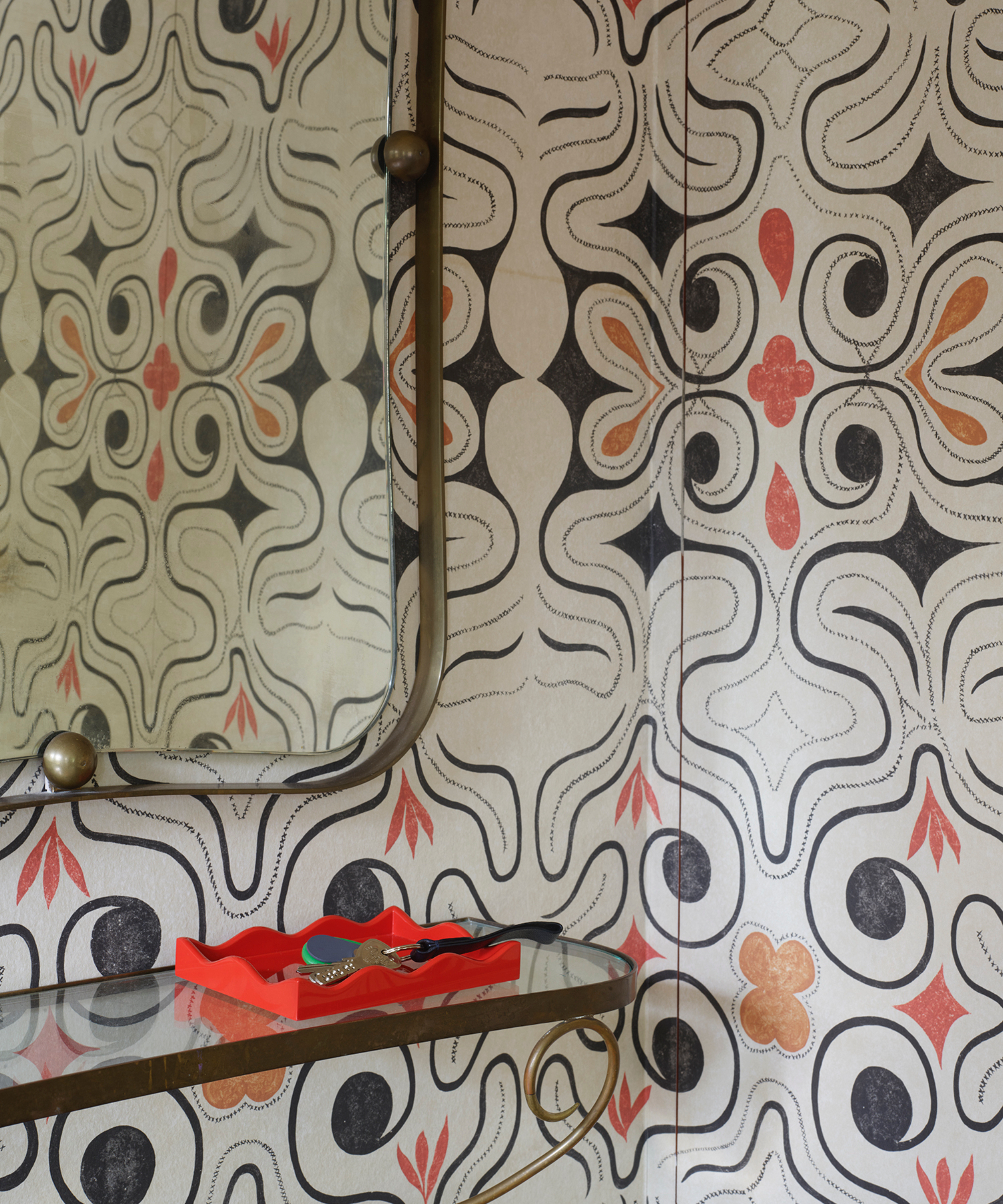
Focusing on priority, or high-traffic areas of your home first will mean that places that need your attention more urgently can be completed first.
'Pick the most important and priority spaces first,' says Audra N George, owner and professional organizer at Pretty Neat, an organization solution in Oklahoma City, Oklahoma. 'For example, if you have guests coming, hit the high traffic areas that guests might be in first.'
If this is the case, you might wish to follow the entryway decluttering rules, or use the entryway drop zone tip. Then, move to other areas you're likely to entertain in, like making use of a small living room decluttering checklist, or kitchen decluttering checklist.
3. Carve out time to actually get stuff out your house

While decluttering your home is the time consuming part, you do need time to actually remove the discarded items from your house, to avoid it sitting in bags or bins and looking unsightly or taking up space.
'At the end of your decluttering day, make sure you leave time and energy to haul donations to the thrift store, and specialized recycling to the proper location,' says organization expert Livingston. 'Don't make yourself another to-do list or ruin your sense of accomplishment by leaving everything you've decluttered in a pile cluttering up a different area of your home.'
If you're not sure whether to donate or sell decluttered items, determine the value and condition of your item. Often it's easier to simply donate them to those in need.
4. Involve your family
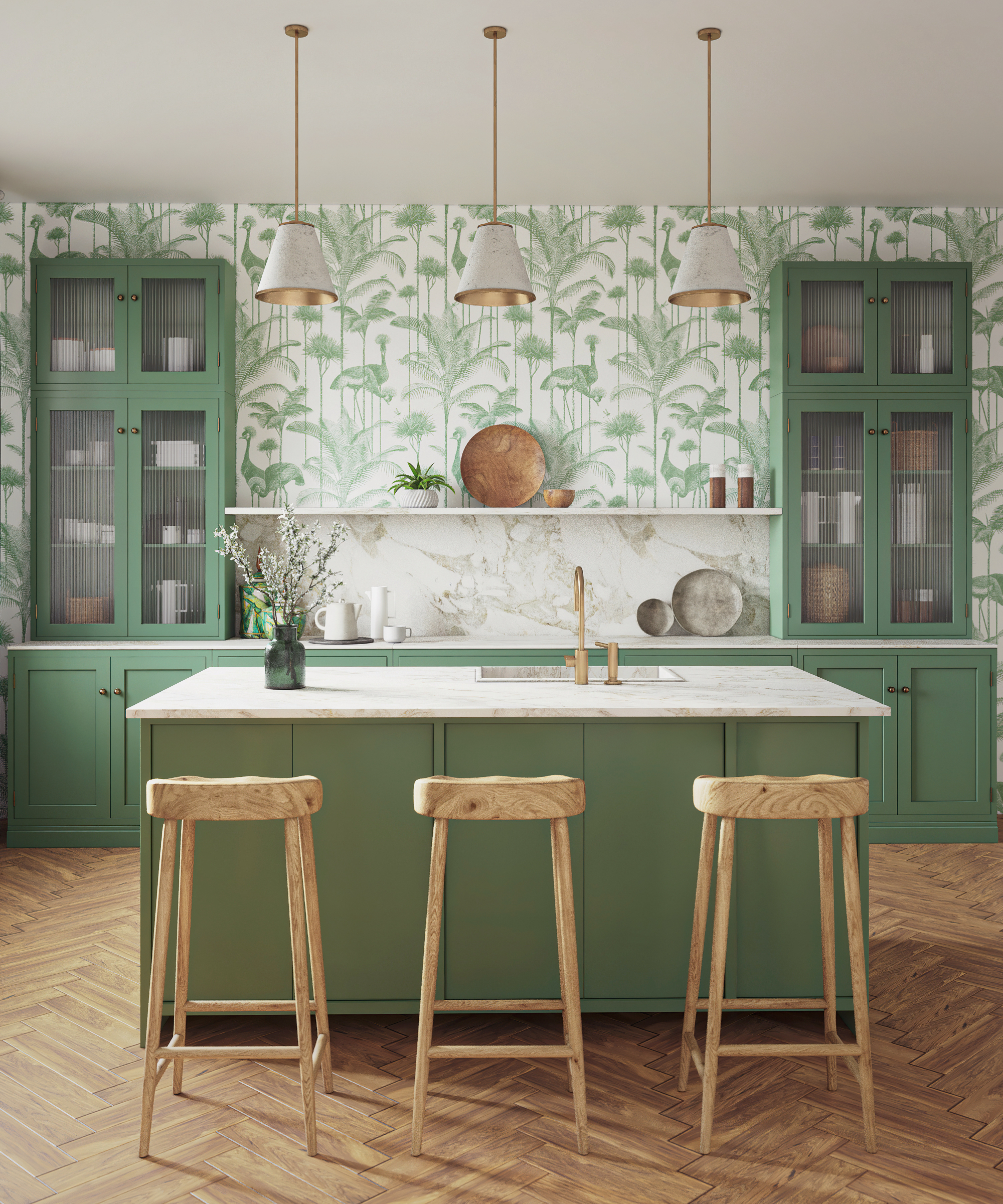
Who says decluttering can't be fun? Professional organizer Ter Avest promotes learning how to encourage your family to declutter.
'Involving the family can make a huge difference – assigning everyone their own room or task keeps the workload lighter and makes it a team effort,' she says. 'You can even turn it into a fun challenge to see who can complete their space the fastest!'
You might need to know how to declutter when your family isn't on board, though, in which case boost motivation by making everyone aware of what you're undertaking, but be open to compromise.
5. Focus on what you're keeping
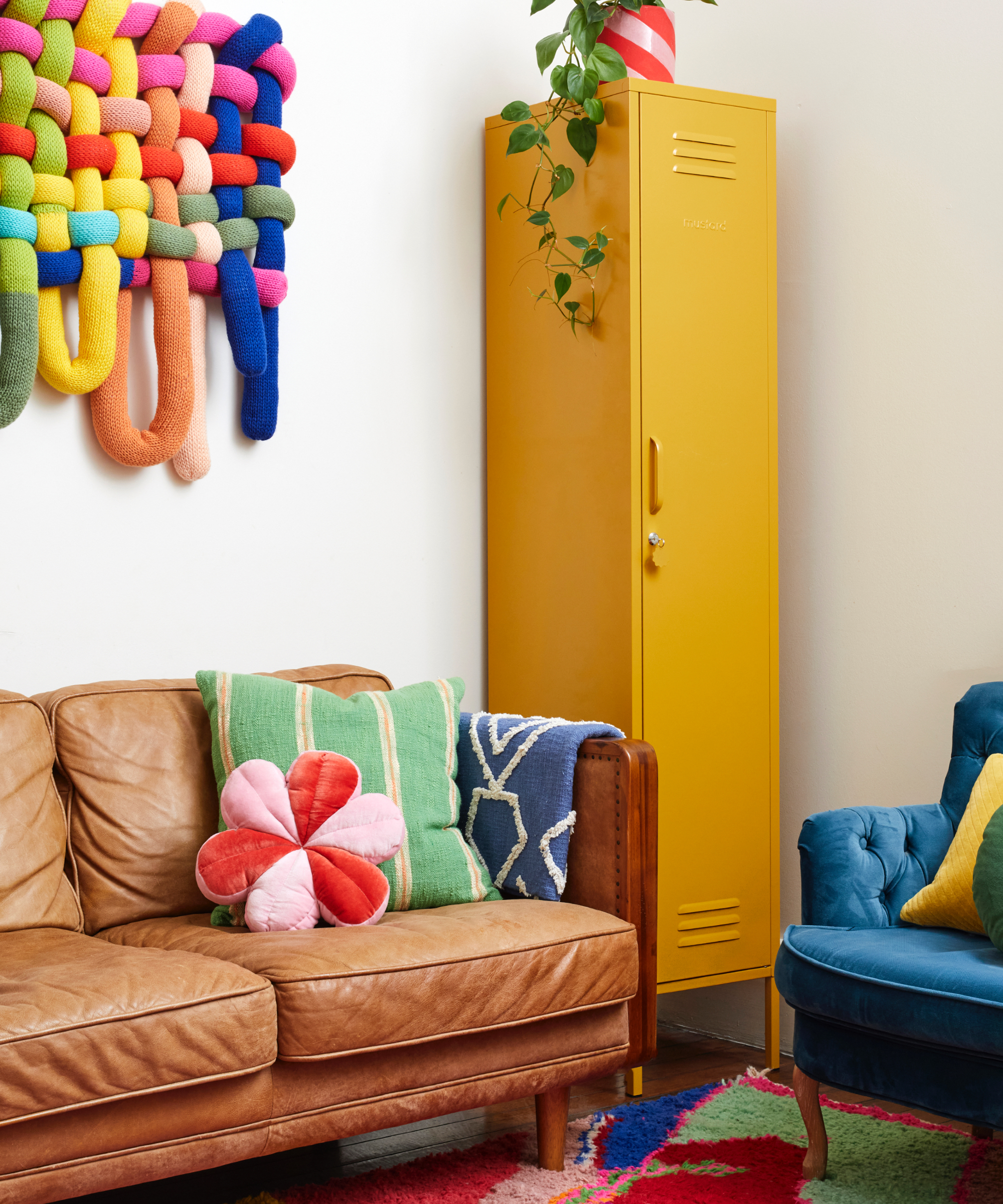
It may well seem counter-intuitive, but professional organizer at House to Home Organizing Ben Soreff recommends flipping your mindset, and focusing on what you're keeping, to make it easier to know what you're getting rid of.
'Decluttering is not just about throwing things out – that leads to regret, anxiety and judgement,' he says. 'We want to focus on what we are keeping, and how often we use it.
'Once you have quantity, you can decide on the best storage solution and the best place in your space for it to live. The categories you don't use often like keepsakes, holiday and entertaining need to live more remotely, and the items you use often need to be accessible.'
You can then use storage ideas to improve accessibility to strategically simplify your space.
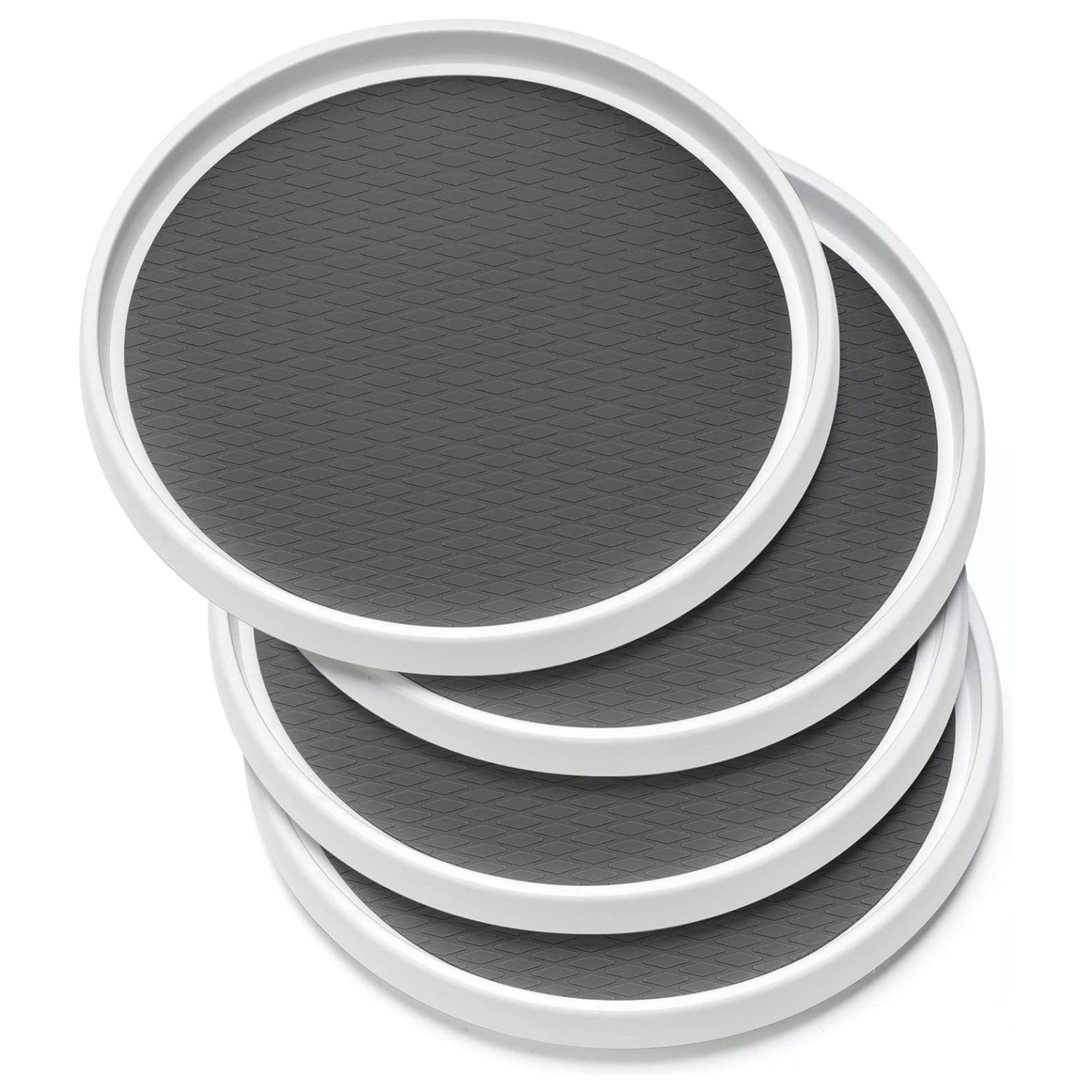
These Lazy Susan organizers are ideal for accessible storage, particularly in cabinets with hard-to-reach areas at the back, or for organizing spices in the kitchen.
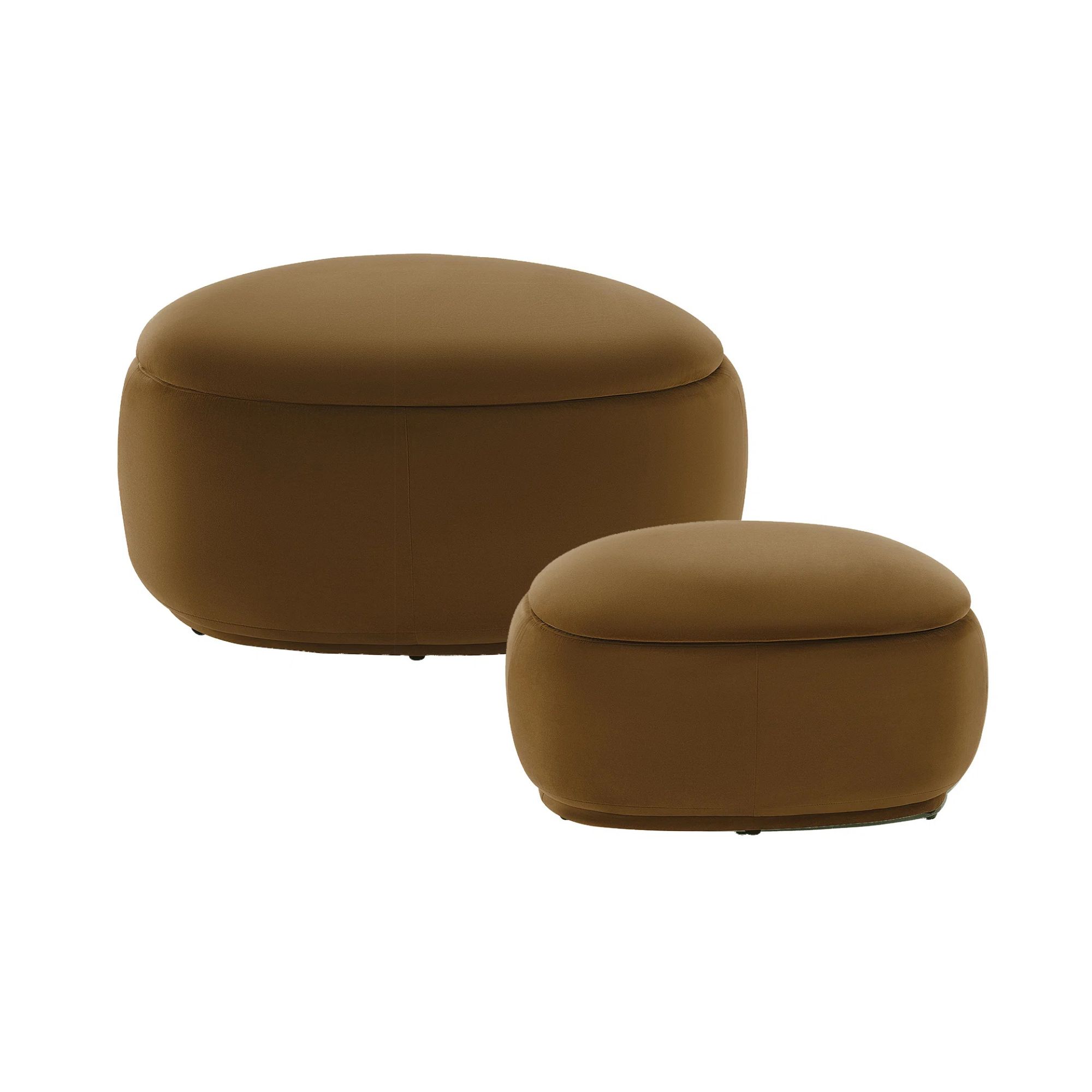
Stylish and chic, this set of two storage ottomans is a perfect accessible storage option for blankets in the living room, or bedding in the bedroom.
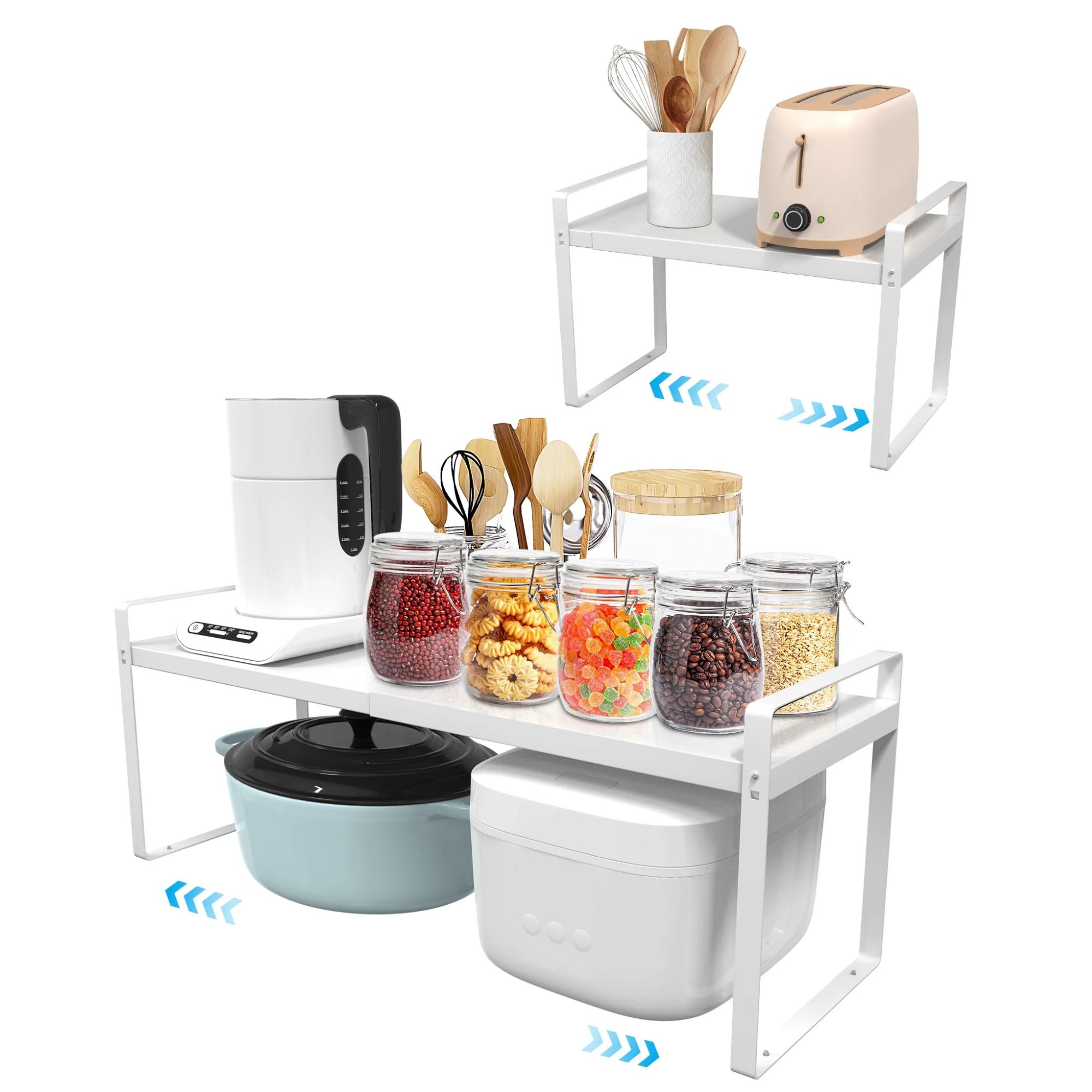
This expandable space riser is brilliant for making the most of cabinets, providing extra shelving that can be adjusted to perfectly fit your space.
6. Declutter one space at a time
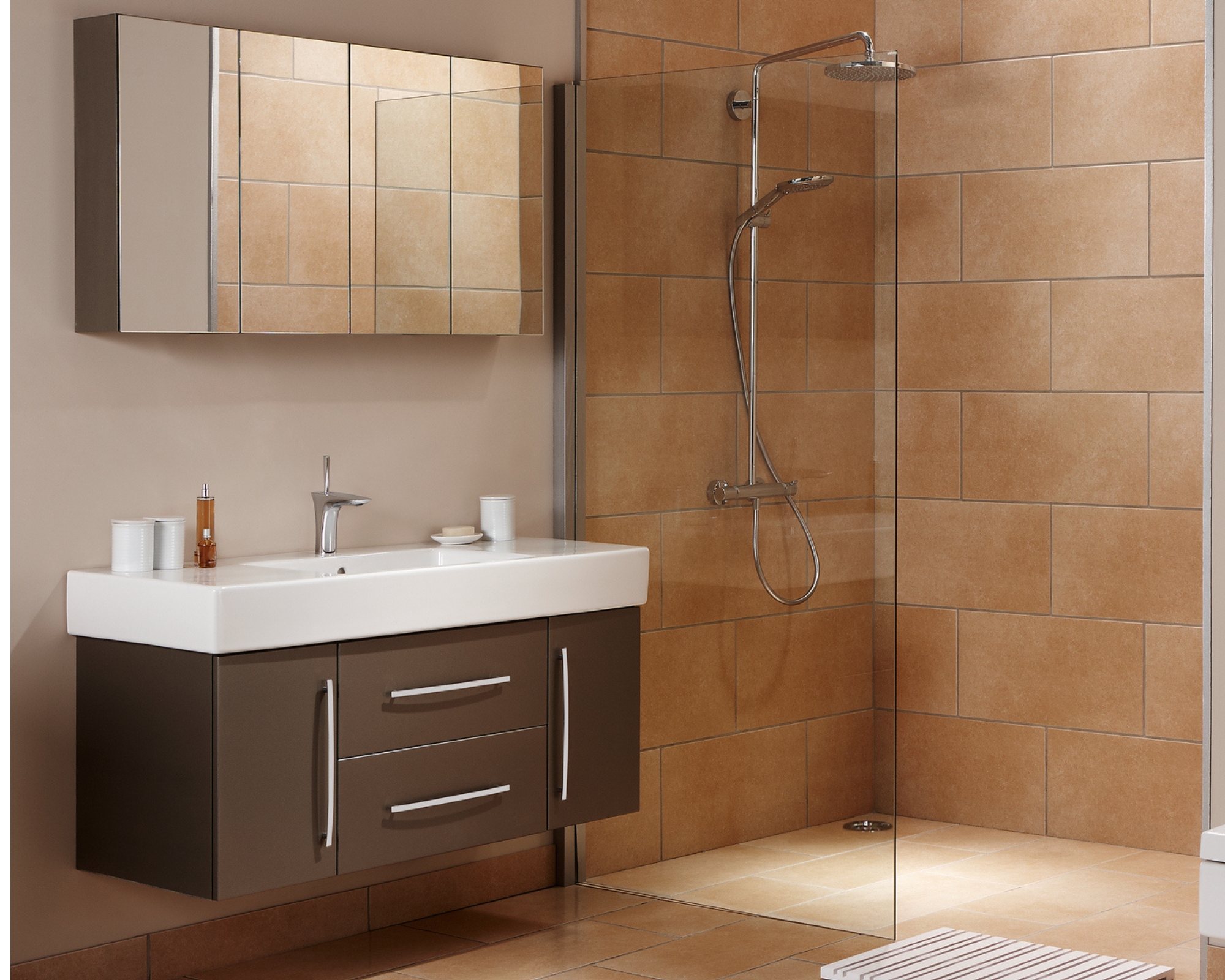
How do you declutter your home when you feel overwhelmed? 'Declutter one space at a time,' recommends organizational expert George. 'This creates a less overwhelming situation to focus on smaller areas and then move to the next.'
To do so, professional organizer Brock recommends starting in one place, such as the kitchen, and looking in every cabinet and drawer. 'Remove items that are not necessary, duplicates, you don't want, or haven't used in a two-year period, and set aside in a bin or box,' she says. Then, simply repeat this in every area, including bedrooms, closets, bathrooms, offices and garage, in the day you have allocated.
There are things you should never declutter first, as experts warn doing so may set you up for failure, so leave sentimental items, important documents, containers and clothing until later, or when you have more time.
7. Be ruthless

Knowing how to be more ruthless when decluttering can be difficult, but if you want to cut clutter quickly in the space of a day, it is more important than ever.
'When working on a time crunch, decisions need to be made fast,' advises organizational expert Livingston. 'Keep or release should be your only two options. At the end of the day, you won’t have energy to sort through your pile of ‘maybes’ so save time and energy by only touching everything once.'
Follow the one touch tidying rule, by picking up items and deciding in that moment whether they belong put away in your home, donated, or in the bin.
8. Start from the ground up

Justin Carpenter, founder of Jacksonville Maids, advises starting at ground floor level when beginning a day of decluttering.
'I recommend starting on the ground floor (if you have more than one) and removing all items to ensure the place is tidy,' he says. 'Then move to tidy up the other floors.'
This way your home is guest-ready for the holiday season, and you can then move on to more unseen areas of your home, like organizing a big attic. If you're moving, decluttering the ground floor will give you a space you can return to to relax and get clarity away from the chaos.
9. Have a plan

'Have a plan,' says professional organizer George. 'Trash bag, donation box, relocate to another space, and keep, and process through each space with these categories in mind.'
For items to donate, you can make use of the outbox decluttering method, by setting up a basket to fill, empty, and re-fill.
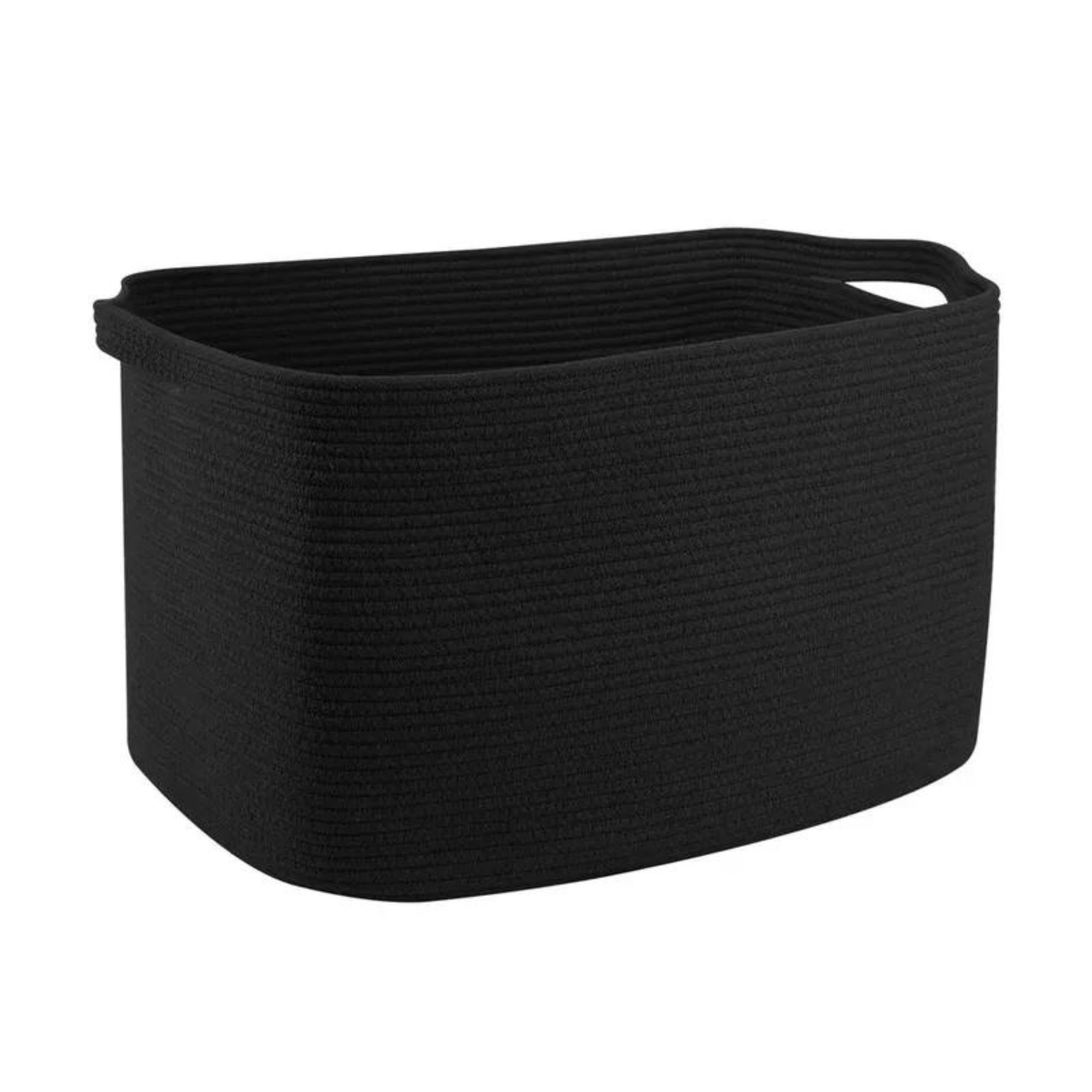
This fabric woven basket is lightweight, perfect for carrying out your house to the donation center. It's also foldable, for a practical storage solution.
10. Focus on the obvious

When it comes to starting with the obvious, it might be useful to know what the 'Didn't Know' decluttering method is – which makes it easy and effective to get rid of obvious items that you don't need, or didn't know you even had. It can clear the messiest areas of your home in under 10 minutes.
'Grab a spare box or bag and walk around your home,' says professional organizer Livingston. 'First collect any trash or recycling that can easily be donated. Then, do another lap pulling anything and everything that can be donated, returned to its original home, or given a better home: the clothes that don't fit, the kitchen appliance you need to return to your neighbor, the hammer that belongs in the garage.
'Get these items out right away and the quick progress you make will energize you to keep going!'
11. Hire a professional organizer
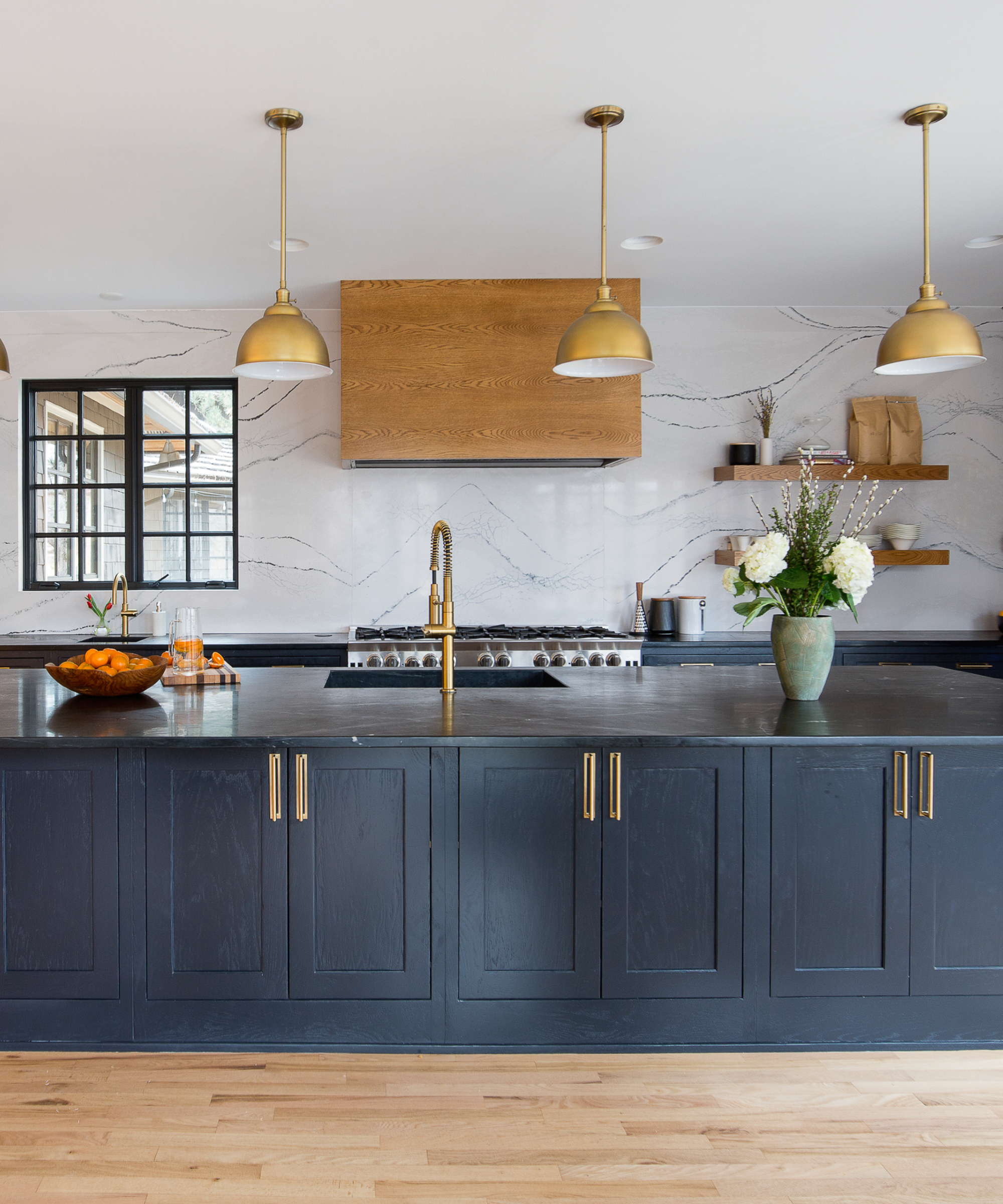
Finally, in some cases it might be best to ask for professional help, advises professional organizer Ter Avest. 'For those facing bigger decluttering projects or who tend to feel overwhelmed easily, bringing in a professional organizer or even a team can be a game-changer, she says. 'Sometimes, having a professional organizer as an accountability partner can provide just the motivation and support needed to get things done more efficiently.'
Look out for the signs you need to hire a professional organizer, particularly if you don't know where to start or the clutter in your home is negatively impacting your home and life.
FAQs
Are there any drawbacks to decluttering an entire home in less than a day?
While it is possible to learn how to declutter an entire house in less than a day, it may not always be realistic.
'Decluttering an entire house in less than a day can be quite an ambitious goal and might not be realistic for everyone, depending on the level of clutter they're dealing with,' says Ter Avest. 'If there's too much stuff, tackling the whole house in one go could set someone up for failure and leave them feeling overwhelmed or disappointed.
After all, homes tend to accumulate clutter over time based on our shopping habits and attachments to things, so expecting to clear it all out in a single day may not be achievable for most.'
Before getting started, consider your decluttering goals, why you are decluttering, and whether you might benefit from a more long-term method, like the one bag a day decluttering method, the 7-day declutter challenge, or trying a week-by-week decluttering method.
How do you declutter once and for all?
The most effective way to declutter once and for all is by incorporating the 80/20 decluttering rule into your home, by tidying 20 per cent of your things regularly, and 80 per cent when deep cleaning.
This will keep your home neat and tidy, and encourage a positive attitude towards decluttering in general as well as putting into your cleaning scheduling, making it easier to stick to and maintain on the longer term.
Want to know the most valuable decluttering lessons? Tap into feelings of guilt that may be indicating it's time to get things gone, and part with sentimental items that no longer hold meaning.
!["[T]he First and Fifth Amendments Require ICE to Provide Information About the Whereabouts of a Detained Person"](https://images.inkl.com/s3/publisher/cover/212/reason-cover.png?w=600)






